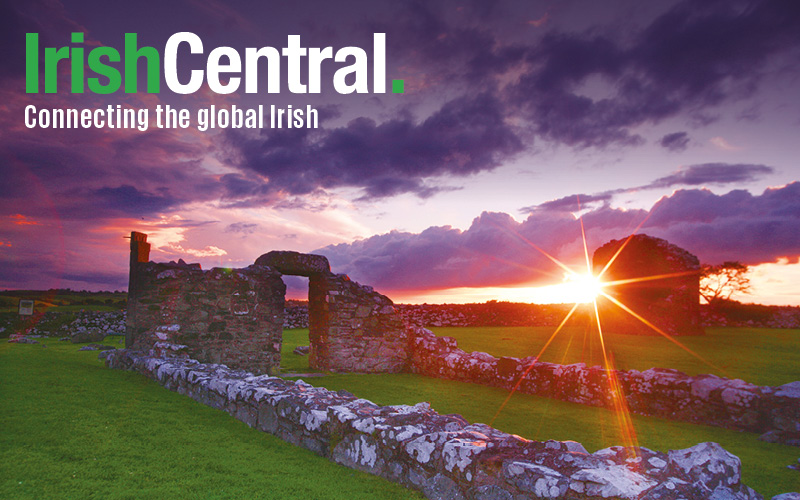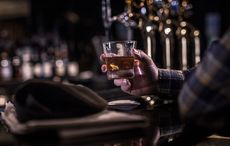On Tuesday, the 26th of January, the people from “down under” celebrate Australia Day. What’s all this about I hear you say, well here is a brief timeline of that nation’s path to Tuesday’s celebration.
1770 - Aboriginal peoples had been living for more than 40,000 years on the continent we now know as Australia. At least 1,600 generations of these peoples had lived and died here.
Europeans from the thirteenth century became interested in details from Asia about this land to the south. From the sixteenth century European cartographers and navigators gave the continent various names, including Terra Australis (Southern Land) and New Holland.
1770 - Captain James Cook raised the Union Jack on what is now called Possession Island on 22 August to claim the eastern half of the continent as New South Wales for Great Britain.
1788 - Captain Arthur Phillip, commander of the First Fleet of eleven convict ships from Great Britain, and the first Governor of New South Wales, arrived at Sydney Cove on 26 January and raised the Union Jack to signal the beginning of the colony.
1804 - Early almanacs and calendars and the Sydney Gazette began referring to 26 January as First Landing Day or Foundation Day. In Sydney, celebratory drinking, and later anniversary dinners became customary, especially among emancipists.
1818 - Governor Macquarie acknowledged the day officially as a public holiday on the thirtieth anniversary. The previous year he accepted the recommendation of Captain Matthew Flinders, circumnavigator of the continent, that it be called Australia.
1838 - Proclamation of an annual public holiday for 26 January marked the Jubilee of the British occupation of New South Wales. This was the second year of the anniversary's celebratory Sydney Regatta.
1871 - The Australian Natives' Association, formed as a friendly society to provide medical, sickness and funeral benefits to the native-born of European descent, became a keen advocate from the 1880s of federation of the Australian colonies within the British Empire, and of a national holiday on 26 January.
1888 - Representatives from Tasmania, Victoria, Queensland, Western Australia, South Australia and New Zealand joined NSW leaders in Sydney to celebrate the Centenary. What had begun as a NSW anniversary was becoming an Australian one. The day was known as Anniversary or Foundation Day.
1901 - The Australian colonies federated to form the Commonwealth of Australia. The Union Jack continued as the national flag, taking precedence over the Australian red and blue shipping ensigns gazetted in 1903.
Melbourne was the interim federal capital. The Australian Capital Territory was created out of New South Wales in 1908, the federal capital named Canberra in 1913, and the Parliament House opened there in 1927.
1930 - The Australian Natives' Association in Victoria began a campaign to have 26 January celebrated throughout Australia as Australia Day on a Monday, making a long weekend. The Victorian government agreed with the proposal in 1931, the other states and territories following by 1935.
1938 - While state premiers celebrated the Sesquicentenary together in Sydney, Aboriginal leaders met there for a Day of Mourning to protest at their mistreatment by white Australians and to seek full citizen rights.
1946 - The Australian Natives' Association prompted the formation in Melbourne of an Australia Day Celebrations Committee (later known as the Australia Day Council) to educate the public about the significance of Australia Day. Similar bodies emerged in the other states, which in rotation, acted as the Federal Australia Day Council.
1948 - The Nationality and Citizenship Act created a symbolic Australian citizenship. Australians remained British subjects.
1954 - The Australian blue ensign was designated the Australian national flag and given precedence over the Union Jack. The Australian red ensign was retained as the commercial shipping ensign.
1960 - The first Australian of the Year was appointed: Sir Macfarlane Burnet, a medical scientist. Other annual awards followed: Young Australian of the Year, 1979; Senior Australian of the Year, 1999, and Australia's Local Hero, 2003.
1979 - The Commonwealth government established a National Australia Day Committee in Canberra to make future celebrations 'truly national and Australia-wide'. It took over the coordinating role of the Federal Australia Day Council. In 1984 it became the National Australia Day Council, based in Sydney, with a stronger emphasis on sponsorship. Incorporation as a public company followed in 1990.
1984 - Australians ceased to be British subjects. Advance Australia Fair replaced God Save the Queen as the national anthem.
1988 - Sydney continued to be the centre of Australia Day spectacle and ceremony. The states and territories agreed to celebrate Australia Day in 1988 on 26 January, rather than with a long weekend. Aborigines renamed Australia Day, 'Invasion Day'. The Bondi Pavilion protest concert foreshadowed the Survival Day Concerts from 1992.
1994 - Celebrating Australia Day on 26 January became established. The Australian of the Year Award presentations began alternating between Sydney, Canberra, Melbourne and Brisbane.
2001 - Centenary of federation. The National Australia Day Council's national office had returned to Canberra the previous year. In 2001 the Council transferred from the Department of Communications, Information Technology and the Arts to that of the Prime Minister and Cabinet. Australians' growing familiarity with the Australia Day holiday led the Council to focus on shaping their awareness of its significance and meaning.
2004 - The presentation of Australia Day awards — the focus of Australia Day — became fixed in Canberra.
We are going to celebrate with them, any excuse for a party right, by making Pavlova.
The Pavlova is New Zealand's national dessert. This delicate cake is part of a great debate between Australians and New Zealanders who both lay claim to its invention. The Pavlova is a meringue shell with a marshmallowy center topped with whipped cream and fruit. It was aptly named after Russian prima ballerina, Anna Pavlova, who visited New Zealand in 1926 and Australia in 1929. The dessert first came to tables in 1929 so we are going to give it to the Aussies, sorry Kiwi’s but it’s my column and I can do what I want!
PAVLOVA
Ingredients:
4 large egg whites at room temperature
1 cup of Castor sugar, also known as "Berry sugar"
1 tsp of white vinegar
1/2 Tbsp of cornstarch
1/2 tsp of pure vanilla extract
1/2 cups of whipping cream
Fresh fruit such as strawberries, raspberries, kiwi fruit, passion fruit, bananas, blueberries
1 Tbsp fresh lemon juice
Method:
Preheat the oven to 275F (140C) and place the rack in middle of the oven. Line a baking tray with foil and draw a 7 inch circle on the foil with the blunt edge of a knife (don't tear the foil). Set aside.
In a clean, medium-sized metal bowl, beat the egg whites with a clean electric mixer on medium speed. Beat until the whites form soft peaks.
Gently sprinkle the sugar into the egg whites, one teaspoon at a time. Don't just lump the sugar in the bowl and never stop beating the eggs until you finish the sugar. Your egg whites should now be glossy stiff peaks.
Sprinkle the cornstarch and vinegar on the meringue and fold in gently with a plastic spatula. Add the vanilla and gently fold the mixture again.
Now gently spread the meringue in the circle on the foil to make a circular base. Make sure the edges of the meringue are slightly higher then the center so you have a very slight well in the middle.
Bake the meringue for about 1 hour and 15 minutes or until it goes a very pale, pinkish egg shell color.
Turn the oven off and leave the door slightly ajar to let the meringue cool completely. As the meringue cools, it will crack slightly.
Just before serving, take the meringue out of the oven and remove it gently from the foil and place on a plate.
Whip the cream with the vanilla extract until it forms peaks. Prepare the fruit by washing and slicing.
Gently spread the cream to the top of the meringue with a spatula and arrange the fruit on top.
AND FINALLY…
Sheila walked into the kitchen to find Bruce stalking around with a fly swatter.
"What are you doing?" She asked.
"Hunting Flies" He responded.
"Oh. Killing any?" She asked.
"Yep, 3 males, 2 Females," he replied.
Intrigued, she asked. "How can you tell them apart?"
He responded, "3 were on a beer can, 2 were on the phone."




Comments